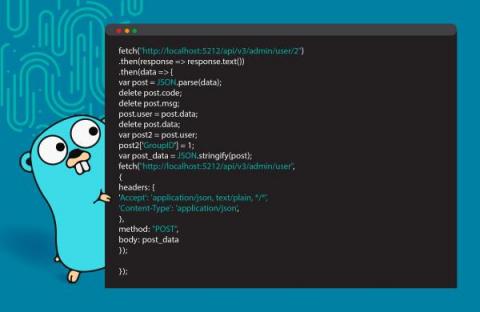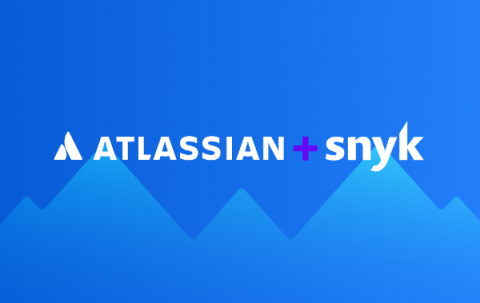Security | Threat Detection | Cyberattacks | DevSecOps | Compliance
Latest News
How to write your first unit test in JavaScript
Testing code is the first step to making it secure. One of the best ways to do this is to use unit tests, ensuring that each of the smaller functions within an app behave as they should — especially when the app receives edge-case or invalid inputs, or inputs that are potentially harmful.
A Rash of Recent CVEs in Go
At 12 years old, Go is a relatively new programming language–but it’s a popular one when it comes to cloud-native computing. CockroachDB, Docker, Kubernetes, and AdGuardHome (byAdGuard) are all built on Go, and the Go GitHub repository has over 105,000 stars, putting it in third place as a GitHub star leader.
CrowdStrike Identifies New Kiss-a-Dog Cryptojacking Campaign Targeting Vulnerable Docker and Kubernetes Infrastructure
CrowdStrike has identified a new cryptojacking campaign targeting vulnerable Docker and Kubernetes infrastructure. Called “Kiss-a-dog,” the campaign targets Docker and Kubernetes infrastructure using an obscure domain from the payload, container escape attempt and anonymized “dog” mining pools.
Understanding DNS attacks: Identifying and patching vulnerabilities
The Domain Name System (DNS) translates domain names into IP addresses. Every device and website has an IP address that other devices, websites, and online services use to communicate with it. IP addresses are a string of numbers usually formatted as 000.000.000.000. However, we use domain names since people can’t easily remember these numbers.
5 Stages of the Vulnerability Management Process
The threat landscape in IT is ever-evolving, with new risks arising practically daily. Trying to anticipate the next type of threat can feel a little like playing whack-a-mole. Instead, IT teams are focusing on vulnerability management: reducing the opportunities for hackers and other bad actors to find a weakness in cyber defenses. Vulnerability management is an iterative process that allows companies to proactively defend valuable assets, no matter how the threat landscape changes.
Snyk's new native integration with Bitbucket Cloud emphasizes dev-first security
Snyk is excited to announce a new, native integration with Atlassian Bitbucket Cloud. This new release improves Snyk’s functionality within Bitbucket Cloud, making installation faster, and easier to implement. Our Bitbucket integration is the first out-of-the-box embedded security experience within the Atlassian UI, enabling users to access high vulnerability counts and rich contextual information right from their native Bitbucket workflow.
Wrapping up CSAM 2022 with Vulnerability Management Advice for Everyone
As we wrap up Cybersecurity Awareness Month (CSAM) 2022, the final topic we’ll cover is updating software and patching vulnerabilities. According to the 2022 Data Breach Investigations Report (DBIR) from Verizon one of the top paths threat actors use to infiltrate organizations is exploiting vulnerabilities. And there appears to be no end in sight as the number of unique security vulnerabilities rose almost 10% in 2021, up to 20,142 from 18,351 in 2020.
Node.js multithreading with worker threads series: worker_threads tutorial
Node.js provides a single-threaded JavaScript run-time surface that prevents code from running multiple operations in parallel. If your application typically employs synchronous execution, you may encounter blocks during long-running operations. However, Node.js itself is a multi-threaded application. This is evident when you use one of the standard library’s asynchronous methods to perform I/O operations, such as reading a file or making a network request.











